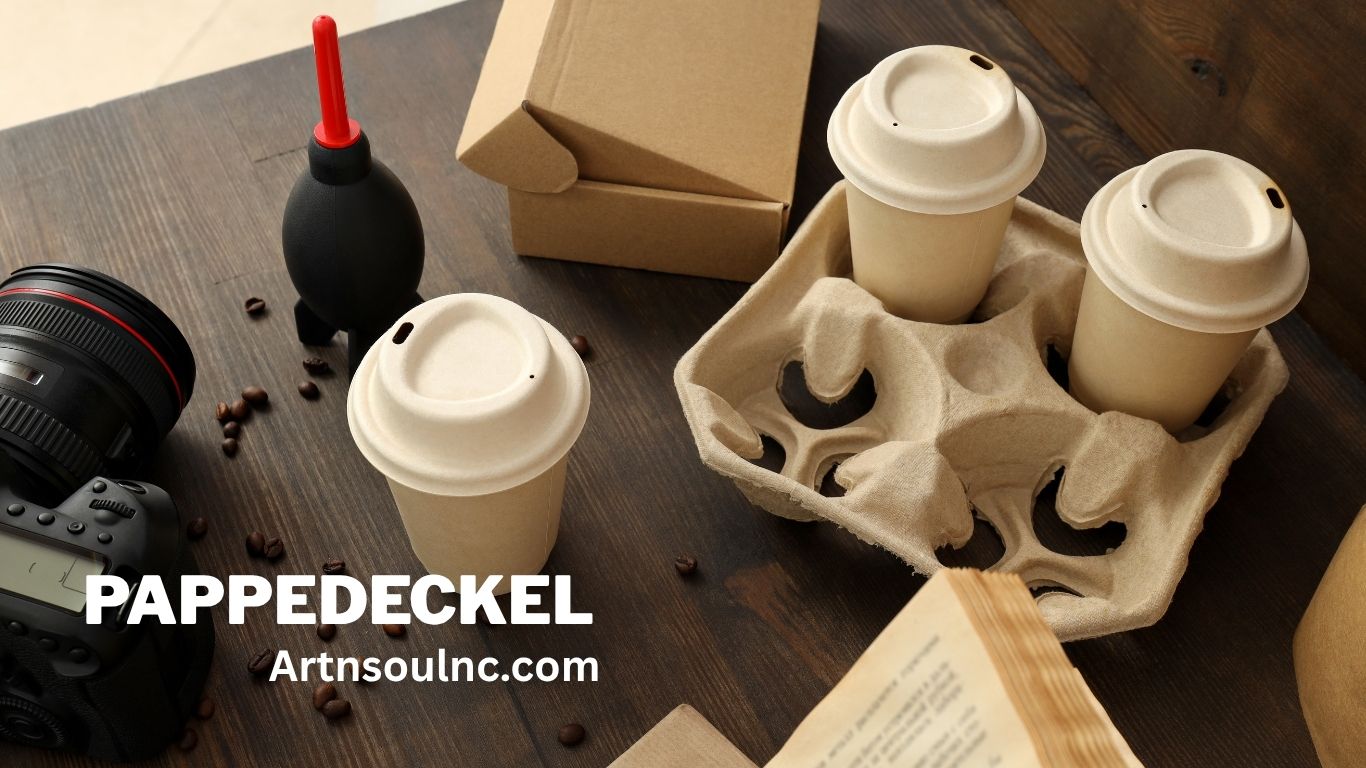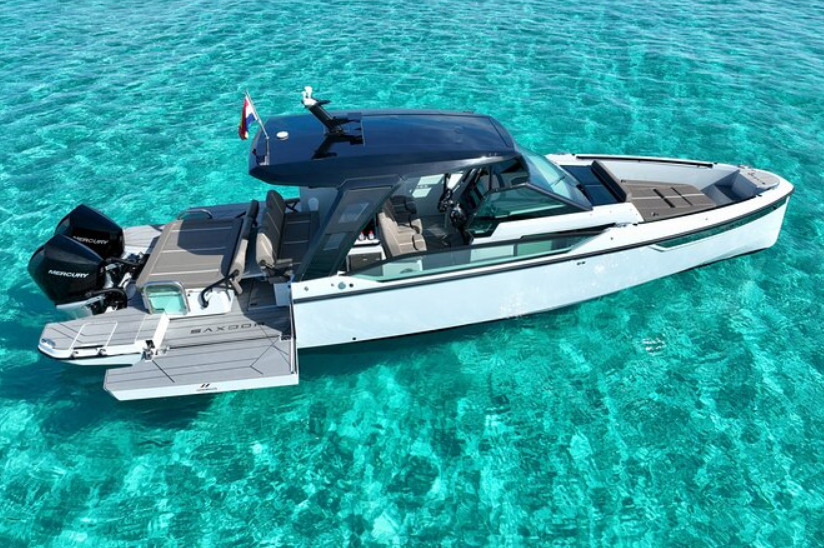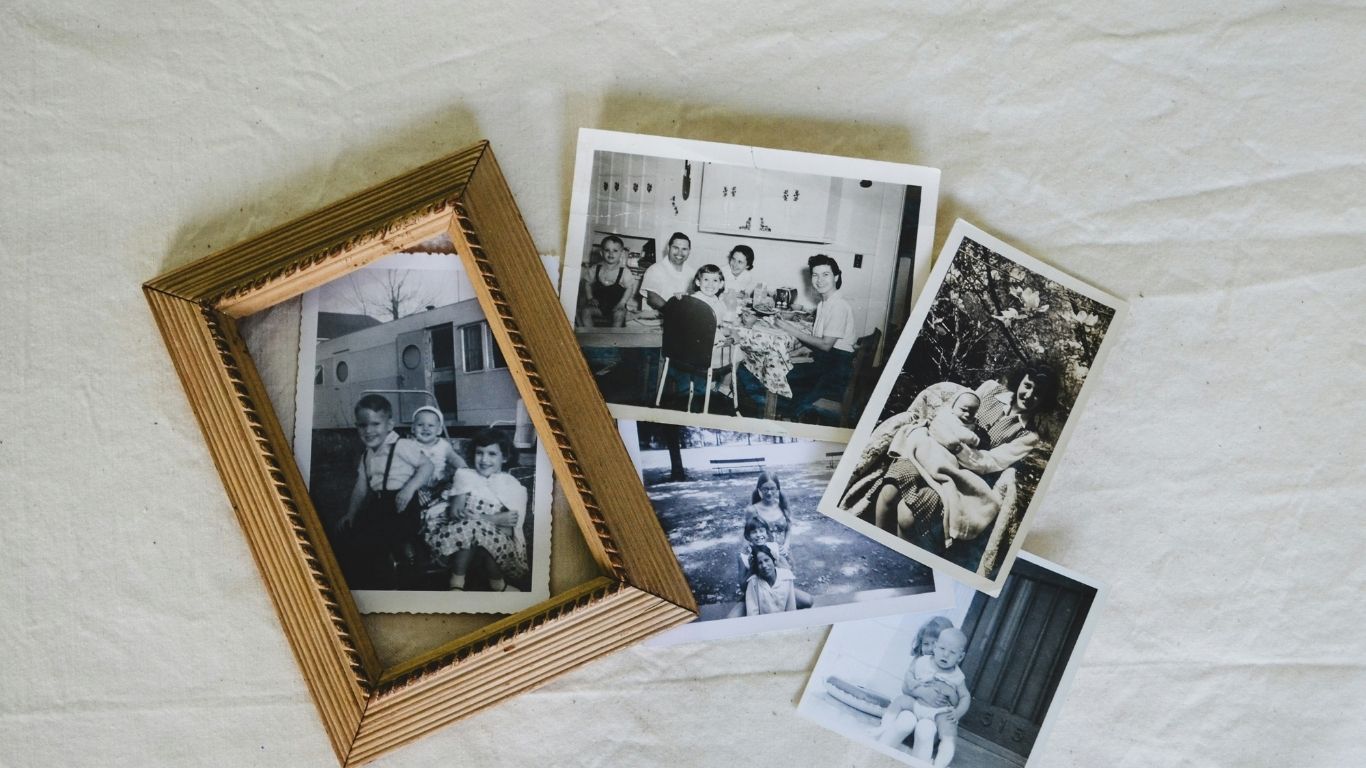Imagine a world where your packaging doesn’t just protect your products but also cares for the planet. Enter Pappedeckel, an innovative solution that is transforming everyday packaging into a sustainable choice for businesses and consumers alike. As concerns about plastic waste rise, this eco-friendly alternative offers a promising path forward. With its unique design and functionality, Pappedeckel stands out as more than just packaging; it’s part of a broader movement toward sustainability. Dive in to discover how this revolutionary concept is reshaping industries and paving the way for greener practices in our daily lives.
The Environmental Impact of Traditional Packaging
Traditional packaging contributes significantly to environmental degradation. Materials like plastic and polystyrene dominate the market, taking centuries to decompose.
Every year, millions of tons of these materials end up in landfills and oceans, harming wildlife and ecosystems. Marine animals often mistake plastic for food, leading to fatal consequences.
The production process itself is energy-intensive, emitting greenhouse gases that exacerbate climate change. Resource extraction further strains our planet’s natural reserves.
Recycling efforts frequently fall short as well; many types of plastics cannot be recycled effectively or at all. This creates a cycle where waste continues to accumulate rather than being repurposed.
Consumers are increasingly aware of these impacts but face limited choices when it comes to sustainable alternatives. The urgency for innovative solutions has never been higher as we seek new ways to package products responsibly without sacrificing quality or convenience.
What is Pappedeckel and How Does it Work?
Pappedeckel is an innovative packaging solution designed to reduce environmental impact. It consists of a cardboard lid that replaces traditional plastic seals on containers. This simple yet effective design helps cut down on waste.
The core principle behind Pappedeckel lies in its sustainable materials. Made primarily from renewable resources, it supports recycling and biodegradable practices. When consumers are finished with the product, they can easily dispose of it without guilt.
Using Pappedeckel is straightforward. The lid fits snugly over various types of containers, providing protection while allowing for easy access to the contents inside. Its lightweight nature reduces transportation costs and lowers carbon footprints as well.
As industries shift towards more eco-friendly options, Pappedeckel stands out as a lead player in transforming everyday packaging into something much greener and smarter.
Advantages of Pappedeckel
Pappedeckel offers a host of advantages that make it an attractive alternative to conventional packaging. First and foremost, its eco-friendliness stands out. Made predominantly from renewable materials, Pappedeckel significantly reduces plastic waste.
The lightweight nature of Pappedeckel simplifies transportation, which in turn lowers carbon emissions during shipping. This combination of sustainability and efficiency is appealing for businesses looking to improve their environmental footprint.
Another significant benefit lies in its versatility. Pappedeckel can be tailored to various shapes and sizes, fitting diverse products without compromising on protection or aesthetics.
Moreover, this innovative packaging option often proves cost-effective over time as companies face fewer disposal fees associated with traditional plastics. As consumers increasingly demand sustainable options, brands adopting Pappedeckel gain not just operational advantages but also enhanced customer loyalty.
Successful Implementations of Pappedeckel in Various Industries
Pappedeckel has carved a niche in several industries, showcasing its versatility and sustainability. In the food sector, companies are embracing this innovative packaging to reduce plastic waste. Several organic brands now use Pappedeckel for their product lines, ensuring freshness while remaining eco-friendly.
The cosmetics industry is also taking notice. Brands have introduced Pappedeckel as an alternative to traditional plastic containers. This shift not only appeals to environmentally conscious consumers but also enhances brand image.
E-commerce businesses are finding success with Pappedeckel too. Lightweight yet strong, it minimizes shipping costs while maintaining product security during transit.
Across these sectors, companies report increased customer satisfaction due to the sustainable approach of using Pappedeckel. It’s clear that various industries recognize the potential of this material in transforming how products reach consumers sustainably.
Challenges and Limitations of Pappedeckel
While Pappedeckel offers significant benefits, it’s not without challenges. One of the primary hurdles is consumer acceptance. People are accustomed to traditional packaging materials and may be hesitant to switch.
Additionally, production scalability poses a concern. Transitioning from conventional methods requires investment in new technology and processes that can be time-consuming.
Another limitation is durability. Though designed for sustainability, some versions of Pappedeckel might not withstand harsh conditions as well as plastic counterparts do.
Moreover, supply chain logistics can become complicated when integrating eco-friendly options like Pappedeckel into existing systems that rely heavily on non-biodegradable materials.
Regulatory standards vary across regions, impacting how easily businesses can adopt this innovative solution. Each of these factors presents an obstacle in the journey towards widespread adoption of sustainable packaging solutions like Pappedeckel.
The Future of Sustainable Packaging with Pappedeckel
The landscape of sustainable packaging is rapidly evolving, and Pappedeckel stands at the forefront of this transformation. With a growing global awareness about environmental responsibility, consumers are increasingly seeking eco-friendly alternatives.
Pappedeckel offers innovative solutions that can reshape how products are packaged. Made from renewable materials, it minimizes waste while maintaining functionality. This approach not only appeals to environmentally-conscious shoppers but also encourages companies to rethink their practices.
As technology advances, we can expect even more sophisticated designs and applications for Pappedeckel. Enhanced durability and versatility will broaden its appeal across various sectors.
Collaboration between businesses and innovators will drive widespread adoption. By embracing Pappedeckel, industries have an opportunity to lead in sustainability efforts while enhancing brand loyalty among consumers who prioritize green initiatives. The future looks promising as we move toward a more responsible approach to everyday packaging choices.
MAQs
As the movement towards sustainability accelerates, many questions arise about Pappedeckel and its role in packaging.
What materials are used to create Pappedeckel? Typically, it is made from renewable resources like paperboard. This choice significantly reduces reliance on fossil fuels compared to traditional plastic packaging.
How can businesses adopt Pappedeckel? Companies looking for sustainable options can switch their packaging lines to incorporate this innovative material. Many suppliers now offer solutions tailored for various industries.
Is Pappedeckel recyclable? Yes! One of the standout features of Pappedeckel is its recyclability. Once discarded, it can be processed along with regular paper waste, contributing to a circular economy.
What are the costs associated with using Pappedeckel? While initial investment may be higher than conventional materials, long-term savings come from reduced environmental impact and potential brand loyalty among eco-conscious consumers.
Can all products use Pappedeckel? Most products that previously relied on plastic or non-biodegradable materials can transition smoothly. However, specific adaptations might be necessary depending on product type and shelf life requirements.
As more companies embrace these advancements in packaging technology, the benefits will ripple through various sectors. The dialogue around sustainability continues to grow alongside innovations like Pappedeckel—an exciting glimpse into a greener future awaits us all.






